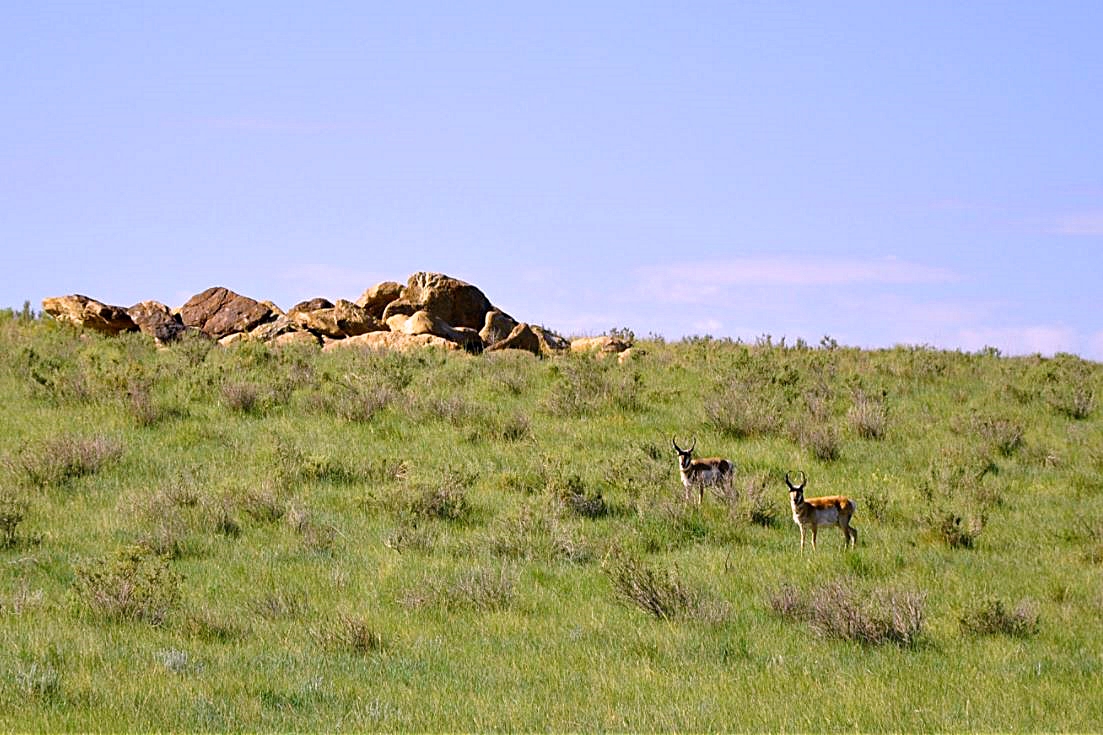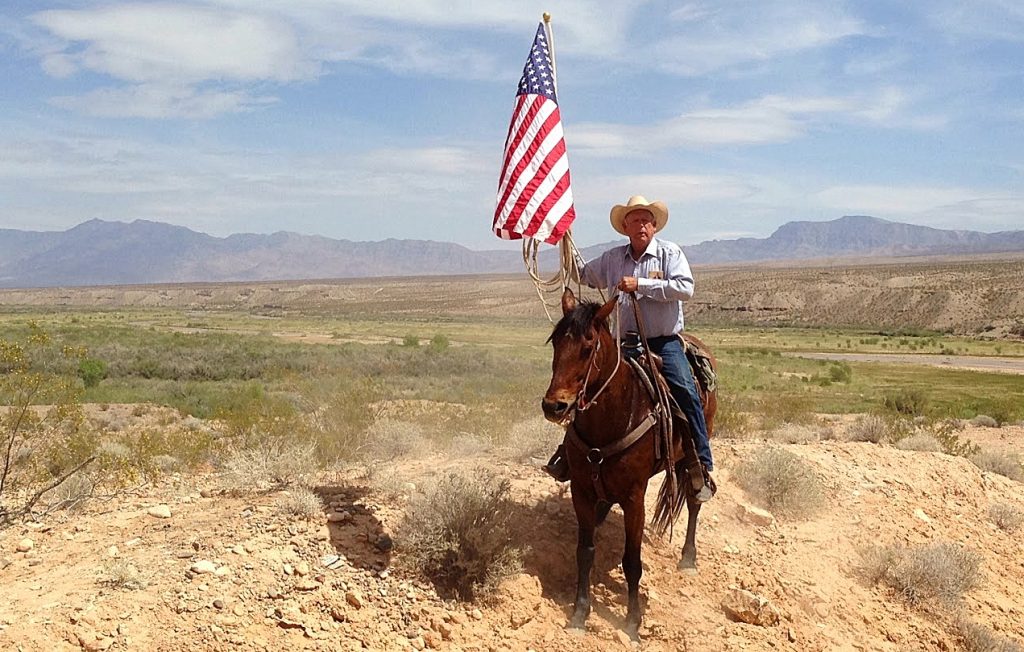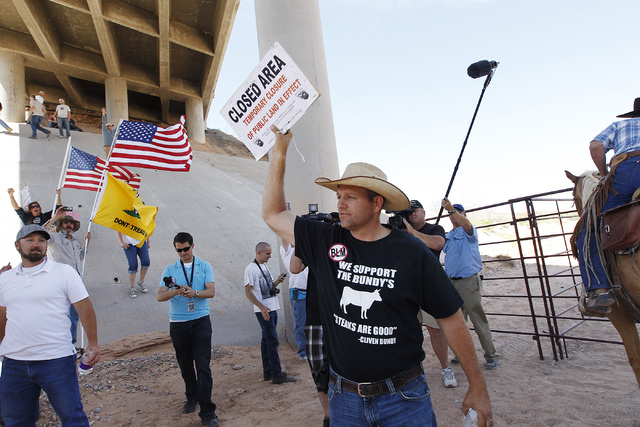Offering community groups protection from ‘undeserved’ liability, as well as relief from barriers to participation in reclamation projects, the Community Reclamation Partnership Act is one common sense, locally-sourced solution to the long-standing problem of mine clean up, and will perhaps expedite projects across the country.
by Marjorie Haun
Reclamation of abandoned surface coal mines is not just about mitigating potential environmental damage, it’s about restoring, re-vegetating and beautifying the sites. While federal agencies now have regulatory oversight of such projects, they lack the resources and the expertise necessary to execute reclamation processes at numerous mines, many of which were created long ago, without regulatory guidance. In order to remove barriers to local agencies and non-governmental organizations (NGO’s) which have the desire and know-how to reclaim abandoned coal mines, the House Committee on Energy and Mineral Resources recently okayed the “Community Reclamation Partnership Act” (H.R. 2937).
This bipartisan legislation gives state and local agencies and NGO’s, referred to as ‘Community Reclaimers,’ the ability to coordinate and share resources more effectively in future clean up operations. According to the press release issued by the Committee on Natural Resources, the ‘Community Reclamation Partnership Act (H.R. 2937),’ authorizes partnerships between states and non-governmental entities for the purpose of expanding abandoned mine reclamation projects. The bill addresses impediments potential “Community Reclaimers” face in the reclamation process by allowing states to assume liability on their behalf, shielding them from any undue responsibilities under the law.
Introduced by Congressman Darin LaHood (R. IL), the bill addresses the problem of coal mine clean up and reclamation on a nationwide scale. In the press release, LaHood states: “While mining is an important part of Illinois’ economy, abandoned mines continue to present safety dangers and missed opportunities for new development. I am excited to have our bill pass out of the House, and will continue working with my Senate colleagues to ensure that third-party groups are protected from frivolous lawsuits when helping to clean up and re-purpose these abandoned mines.”
The mark up of the bill explains:
Thousands of inactive coal mines, abandoned before the era of modern regulation, can be
found in communities across the United States. Today, over $10.5 billion worth of abandoned
mine sites remain, each of which has no living responsible party. Many of these abandoned mines pose health and safety risks or environmental hazards to the surrounding communities,
burdening landowners and inhibiting opportunities for further development.
While the states are responsible for reclaiming these abandoned mine sites and undertake
numerous cleanup projects every year, the need for reclamation in coal communities has
encouraged non-governmental organizations (NGOs) to contribute their resources towards these
much-needed projects. These NGOs are willing to partner with states on these abandoned mine
land projects, but are hindered by several hurdles that prevent their participation, including
potential liability and compliance responsibilities with respect to mine drainage treatment
projects.
This legislation formally recognizes non-governmental entities that wish to participate in
a state reclamation program as “Community Reclaimers.” The bill minimizes undeserved
liability for these partners by enabling the state to assume responsibility for all Community
Reclaimer projects, just as they currently do for approved Abandoned Mine Land (AML)
contractors.
Examples of a potential Community Reclaimers would include the Eastern Pennsylvania Coalition for Abandoned Mine Reclamation (EPCAMR), which posts photographs of reclamation projects on its website.
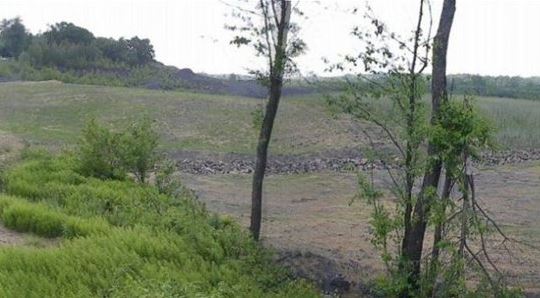
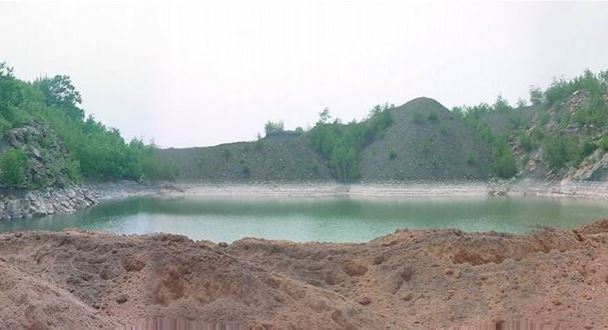
Colorado Inactive Mine Reclamation Program (CIMRP) is one example of a state entity which has used community engagement in its efforts. One of its success stories is the restoration of the Peanut coal mine, for which it won a national reclamation award.
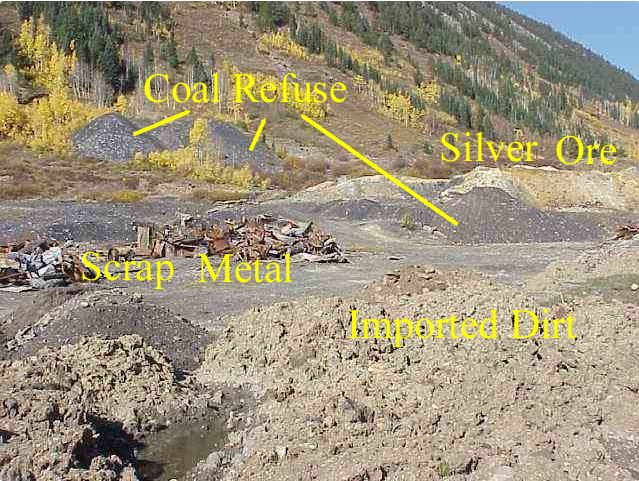

Offering community groups protection from ‘undeserved’ liability, as well as relief from barriers to participation in reclamation projects, the Community Reclamation Partnership Act is one common sense, locally-sourced solution to the long-standing problem of mine clean up, and will perhaps expedite projects across the country.
Although this bill addresses coal mines, there remains the debate on how to clean up subsurface mines, such as the abandoned Gold King mine in Colorado, which made headlines across the world when it was breached by a a crew working for the Environmental Protection Agency (EPA).
[paypal_donation_button]
Free Range Report
[wp_ad_camp_3]
[wp_ad_camp_2]
